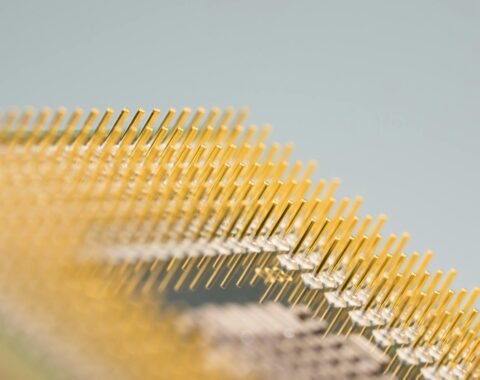Introduction to Internet of Things (IoT)
The Internet of Things is a Business Revolution enabled by technology and it is rightly called the next industrial era. It will impact Everything and Everyone in our business and everyday life.
The Internet of things is a network of internet-connected devices that communicate embedded sensor data for further processing in order to make intelligent decisions.
Why IoT?
IoT is not around just devices and data, it has been called the future extreme that can change many views of our lives. Machines are coming online. Smart Air Condition Systems that know you are at home or not? Refrigerators that can notify you if you are going low on foods. Smart Cities, Smart Buildings, Transportation with Smart Vehicles and many more.
Now let’s try to understand what make the devices as IoT devices. Typically, the IoT devices must have:
- Internet Access
- Intelligent Features
- On-Spot Indicators
- Configurable
- Weather Resistant
- Secure
- Ability to Communicate
- Can be Programmed
- Environmentally Flexible
- Can be Replaced
There might be plenty of other specific requirements but these are the basic ones an IoT device must have.
What is an IoT Solution?
The IoT Solution provides you efficient resource utilization as well as monitor natural resources, business resources, industrial resources, home appliances, etc. The IoT Solution reduce manual work because the devices communicate with each other and do plenty of tasks as far as we are concerned.
Probably the best approach to understand an IoT solution is to observe at how one might be used in a realistic scenario.
In the sections below, we will try to understand the concept of IoT using a hypothetical business scenario:
Problem Statement:
The city authorities want the area green and so urging people to maintain their lawns, however they also don’t want people to misuse water which is in limited supply during the summer time. They need an IoT solution to collect data in order to check how people actually use water in the lawns and will use that data to take the decision like how much water they should supply during the summer time.
Proposed IoT Solution:
For the purpose of collecting the data, the IoT solution provider selected 150 random houses across the city area and installed small water sensing devices in the lawns that will identify the amount of moisture in the soil and transmit the data over the Wi-Fi connection to a central cloud based solution to store and process the data.
Device Requirements for This Proposed Solution:
- Devices have to be small and unnoticeable
- Devices have to be capable to connect with Wi-Fi
- Devices have to be battery operated
- Devices have to be able to identify moisture in the soil using required sensors
- Devices have to be able to store data for a 12-hour period if the connection with the Wi-Fi router is lost
- Devices have to be able to provide an early failure signal
Again, there might be plenty of other device requirements but these are the basics the device must have in this hypothetical scenario.
Implementation of Devices:
The engineers visited each house that has agreed to install the device, placed the device in the garden at a designated place, established the connection to the Wi-Fi and tested the connection with the cloud service.
Gathering Data:
The device is programmed to collect moisture data every hour for a 12-hour period and a single average reading is sent to the cloud service for storage. The set of data includes the device Id, date/time stamp, soil moisture and other related information needed.
Cloud Service:
The engineers also developed a cloud based solution using Microsoft Azure IoT platform to collect, process and visualize the data coming from each device. The cloud service also gives attention for failure indications and can notify the engineers of a genuine or pending device failure. The Azure IoT solution has an IoT Gateway that handles back and forth communication with the devices and manages individual device identification. The solution also includes a data storage, job to process the device data and a dashboard developed using Microsoft Power BI to visualize the processed data and get insights for decision making.
Conclusion:
In this scenario, the authorities were able to use the collected data using an IoT solution to find out typical usage of water in lawns. They were able to analyze the data by getting better insights using Microsoft Power BI dashboard. Finally, they were able to supply the water as per the requirements of that area and hence saved money and resources to effectively use them in other operations.




